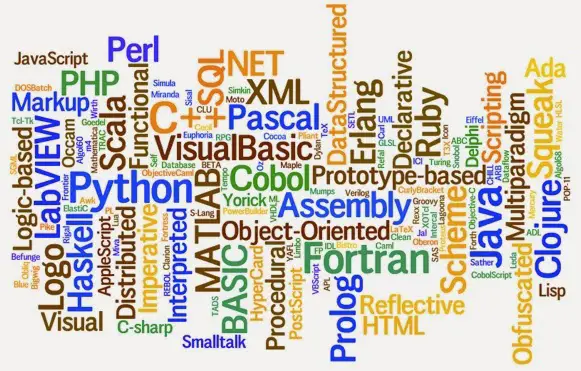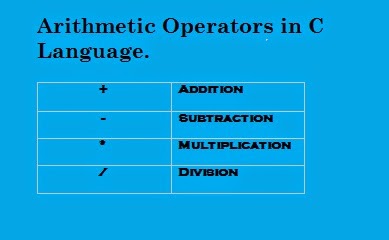High Level Programming Languages

Introduction:
In our previous article, We discussed about the Low-level languages and In this article, We will look into the High level Programming languages.
High Level Programming Languages:
The Programming Languages which are syntactically similar to english and easy to understand and Independent of Hardware are referred as High level programming languages.
High level languages are easy to learn and understand because they look very close to english. These languages are close to developer compared to the hardware. Due to this we can rapidly design and develop new applications.
Speed of application development using high level language is very high compared to low level languages.
But We need to translate the code written in the high level language to Machine code before running on the hardware. This process is called Compelling or Interpreting depending upon the language you are using.
As we have extra overhead of compilation with high level languages, The speed of the programs which are written in high level languages is slow compared to Low level languages ( Like Assembly Language)
Key Characteristics of High Level Programming Languages:
- High-Level languages looks similar to English language and are easy to Learn, Write, , Understand, Maintain, and Debug. So all phases of software development becomes easy with these programming languages.
- High-level programming languages are independent of hardware.
- The programs written in high level language need to be translated into Machine level language or Binary code ( because computer understand machine level language only ) This conversion is done by Compilers and Interpreters.
- We can say, High level languages are closer to the developers/user on the other hand The low level languages are closer to the Hardware.
- The High level Languages are relatively slow compared to the low level languages due to compilation overhead.
- Examples of High level languages are
- Python Programming Language
- Java
- C#
Translation of High level programming language into machine level language :
As discussed earlier, Any High level programming language need to be translated into the Binary Language, So that the Computer processor can understand and run the program
Here are the steps to convert the high level program to Binary Code.

- First of all, We need to create a sample program in High level language such as c++, Java, etc.
- As the program is written in High level language, The computer processor won’t understand high level language, We need to convert it to machine code.
- The first step is the Compiler. The compiler will compile the code. Which converts high level language into the low level code( Object file ). This object file is Intermediate code which will be in the low level language such as Assembly language.
- Then Linker will link all the external libraries and files you have used in your program and link them together to create an Executable file.
- The final Executable file will be in the Binary Language or Machine Language. This executable file will be run by the processor.
All these steps are done automatically once you trigger the compilation. and Compiler will perform all above steps behind the scenes and generates the executable file.
If you want to learn more about the compilation process, Please check following article where we covered all the compilation stages in detail
- Compilation stages in C language | Compilation stages of programming | Compilation stages – SillyCodes



